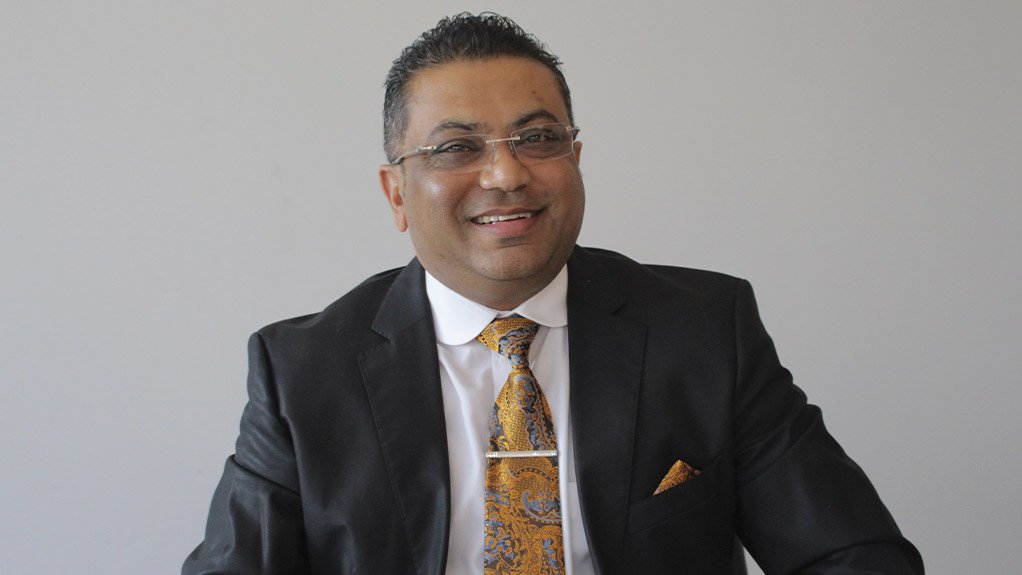As the year draws to a close, frustrations have been growing over the slow recovery of South Africa’s civil engineering and construction sector – and the knock-on effects to the wider economy.
The sector saw a 20.3% contraction in 2020 and is expected to have grown just 6.2% in real terms this year.
“Our sector is in need of a major injection of infrastructure projects as the construction industry makes a significant contribution to the national economy in terms of GDP,” South African Institution of Civil Engineering (SAICE) president Vishal Krishandutt states in unpacking the industry as it currently stands, and what to expect for 2022.
“In light of this, our government unveiled 62 projects at the Sustainable Infrastructure Development Symposium South Africa last year. The progressive rollout has seen approximately 33% of projects within construction and some having already been completed, with another 20% at various stages of preparation and feasibility.”
Some of the completed projects include the N1 Winburg Interchange and N1 Ventersburg to Kroonstad Roads projects in the Free State, and the N2 Mtunzini Toll Plaza to Empangeni in KwaZulu-Natal.
He adds that the projects that went into construction during the past year have not had a significant impact on the sector though, and the number of tenders advertised by government were very few.
“However, quarter three of 2021 saw more tenders being advertised. While the net effect of those tenders will only be felt in six to twelve months’ time, there are actions that firms should take now to prepare for further rollout of infrastructure project opportunities.”
Krishandutt comments that the issue of company experience will critical when it comes to tendering for government contracts, as this is one of the major criteria in the functionality evaluation.
“As we move forward into a new year, we must promote the training of skilled and semi-skilled personnel to ensure that the physical infrastructure work can of the highest quality. This includes increasing the throughput of artisans into the construction sector.”
While South Africa’s skills deficit is a widely-reported concern, Krishandutt believes that local talent lies within our shores.
“Before looking abroad for technical capacity, I would urge any potential employer to contact us in order to find suitable talent from our 15 000 SAICE members. Our engineers are world class, and we must ensure that we nurture our talent to keep them within our shores so that they are able to mentor and train our young engineers and maintain a high standard of quality for our future infrastructure build to be sustainable.”
Finally, Krishandutt says he has high hopes for an increase in public-private partnerships and blended finance next year, which can help government to further unlock the infrastructure pipeline without relying solely on the constrained fiscus.
“The past two years have been tough, to say the least. However, I believe we have shown resilience. With a renewed focus on training and investment, 2022 holds potential for improved sector growth,” concludes Krishandutt.
Edited by: Zandile Mavuso
Creamer Media Senior Deputy Editor: Features
EMAIL THIS ARTICLE SAVE THIS ARTICLE
ARTICLE ENQUIRY
To subscribe email subscriptions@creamermedia.co.za or click here
To advertise email advertising@creamermedia.co.za or click here













